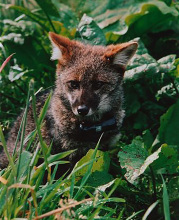
Lycalopex fulvipes
Lycalopex fulvipes,Darwin's Fox,Fox
Darwin's Fox (Scientific name: Lycalopex fulvipes) is also known as Darw···
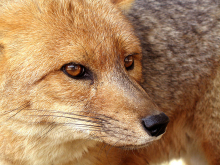
Lycalopex culpaeus
Lycalopex culpaeus,Lobo Andino、Culpeo,Cobain fox, Ecuadorian jackal
Mountain fox (scientific name: Lycalopex culpaeus) is also known as Lobo And···
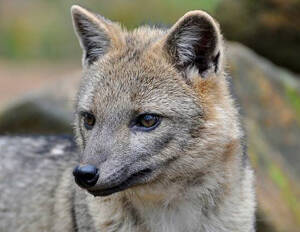
Cerdocyon thous
Cerdocyon thous,Crab-eating Fox
Crab-eating fox (scientific name: Cerdocyon thous) is called Crab-eating Fox···
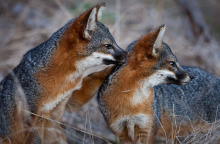
Urocyon littoralis
Urocyon littoralis,Channel Islands Fox,海岸灰狐,短尾狐,岛狐,海峡群岛狐,海岛灰狐
The Channel Islands Fox (scientific name: Urocyon littoralis) is a small fox···
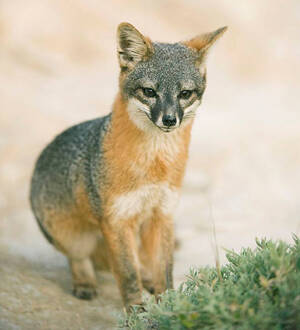
Urocyon cinereoargenteus
Urocyon cinereoargenteus,Grey Fox
Grey Fox (scientific name: Urocyon cinereoargenteus) is also known as Grey F···
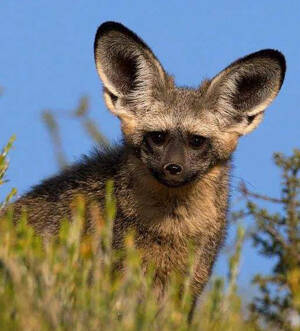
Otocyon megalotis
Otocyon megalotis,Bat-eared fox,Bat-eared fox, Cape fox
The big-eared fox (scientific name: Otocyon megalotis) has bat-wing-like ear···
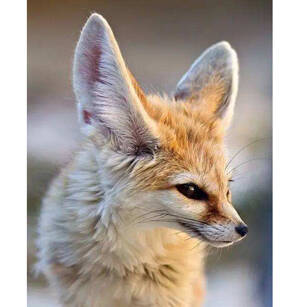
Vulpes zerda
Vulpes zerda,fennec,Fennec Fox,Big-eared fox, desert fox
Fennec fox (scientific name: Vulpes zerda) is also known as fennec or Fennec···

Vulpes velox
Vulpes velox,Swift Fox
The veld fox (scientific name: Vulpes velox) is also known as the Swift Fox ···
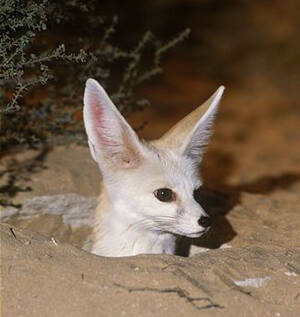
Vulpes rueppellii
Vulpes rueppellii,Rüppell's Fox,Lupper fox, Lupper fox
Rüppell's Fox (scientific name: Vulpes rueppellii) is also known as Rü···
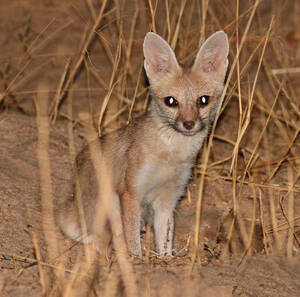
Vulpes pallida
Vulpes pallida,Pale Fox,African Corso Fox
Pale Fox (scientific name: Vulpes pallida) is also known as Pale Fox in fore···
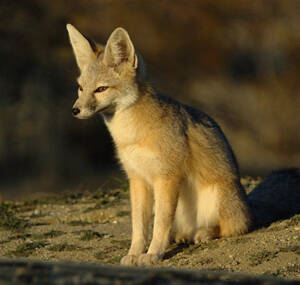
Vulpes macrotis
Vulpes macrotis,Kit Fox, Desert Fox,North American giant-eared fox, sensitive fox, North American corsac fox
Kit Fox (scientific name: Vulpes macrotis), also known as Kit Fox and Desert···

Vulpes chama,
Vulpes chama,Cape Fox,silverback fox, cape fox, cape fox
Cape fox (scientific name: Vulpes chama) is also known as Cape Fox, and has ···
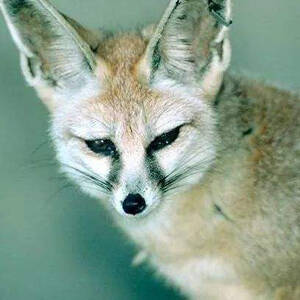
Vulpes cana
Vulpes cana,Blanford's Fox
Afghan fox (scientific name: Vulpes cana) is also known as Blanford's Fo···
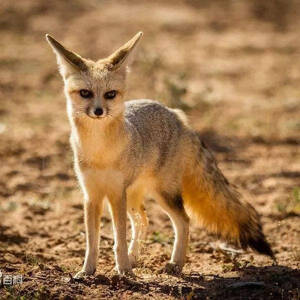
Vulpes bengalensis
Vulpes bengalensis,Bengal Fox, Indian Fox
Bengal fox (scientific name: Vulpes bengalensis) is also known as Bengal Fox···
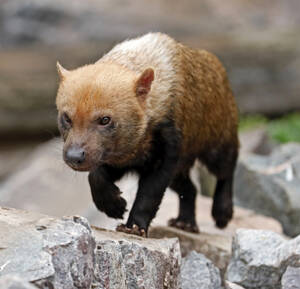
Speothos venaticus
Speothos venaticus,Bush Dog,bush dog, water dog, forest dog
Bush Dog (scientific name: Speothos venaticus) is also known as Bush Dog in ···
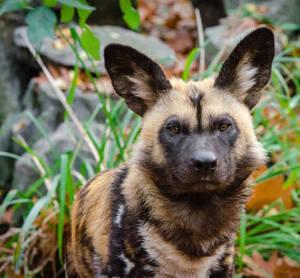
African wild dog
Lycaon pictus
African wild dog, also known as Lycaon pictus, has five subspecies.The terri···
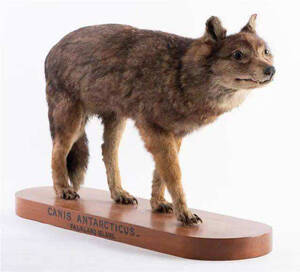
Dusicyon australis
Dusicyon australis
The Falkland Islands Wolf (scientific name: Dusicyon australis) is a species···
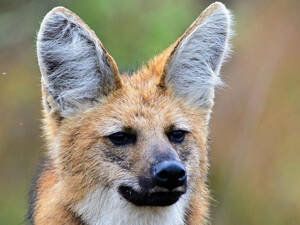
Chrysocyon brachyurus
Maned wolf, Brazilian wolf, South American wolf
Maned wolf (scientific name: Chrysocyon brachyurus), also known as Maned wol···
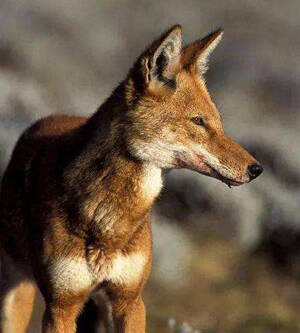
Canis simensis
Simian jackal, steppe jackal, Abyssinian jackal, Simian mountain jackal
The Ethiopian Wolf (scientific name: Canis simensis) is a small dog with two···
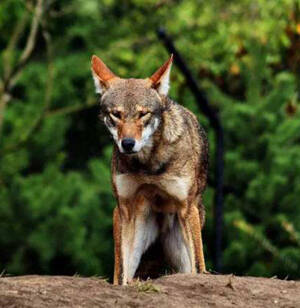
Red wolf
Canis lupus rufus
Red wolf (scientific name: Canis rufus), also known as Red Wolf in English, ···
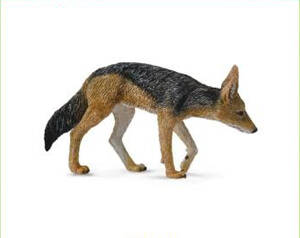
Canis mesomelas
Canis mesomelas,Black-backed Jackal,Black-backed jackal
The Black-backed Jackal (scientific name: Canis mesomelas) is a long-legged,···
